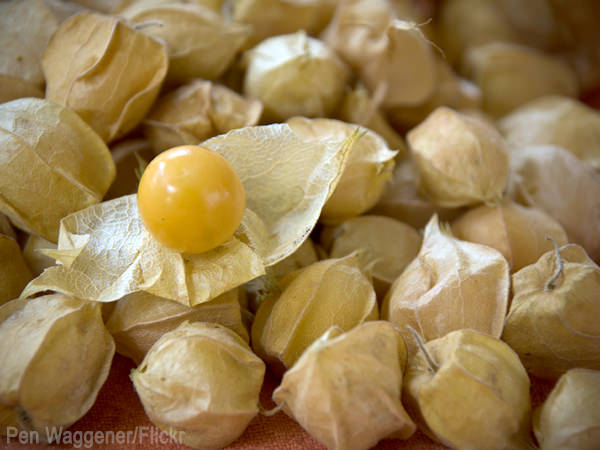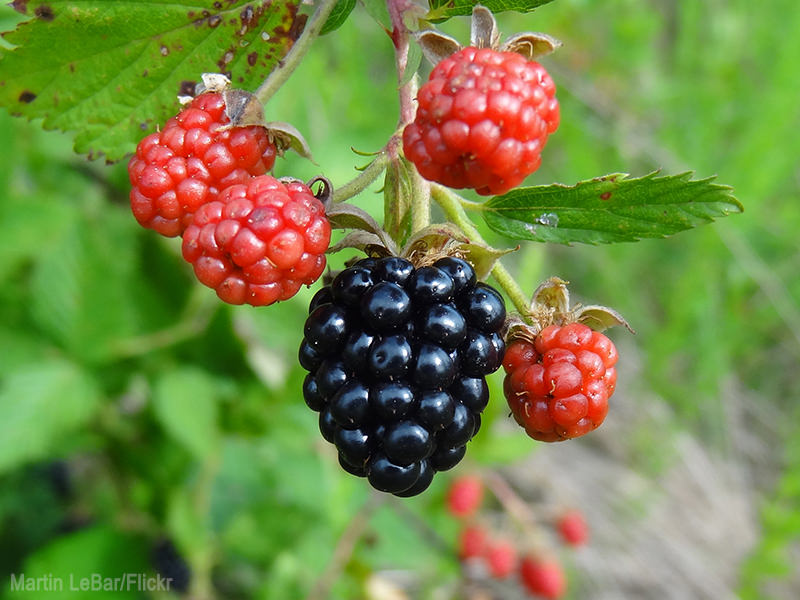
Berries are the cherished fruit of every farm, and once planted, they often produce for seasons on end. As a first-time berry grower, you’re likely eager to harvest your first crop, and with a little forethought, you can make that dream a reality sooner than later. Find out which berry types will give you instant gratification and which are easy to care for, along with some first-year growing tips.
Why Grow Berries?
Berries are a high-value, nutrient-dense crop. While many hobby farmers grow them for household use to cut the grocery budget, other farmers grow them for market to bring in extra cash. I’ve never seen a berry farmer at a farmers market without a long line at her booth!
Berry bushes will grow with minimum care, and if you don’t have the chance to harvest the berries, they will feed the local wildlife.
Instant Gratification
Planting any edible perennial requires patience, as they usually take from one to three years to begin producing a worthy yield. Luckily, there are a few quick-yielding crops to note that will help tide you over.
Raspberries

Raspberries are one of the most popular berries to grow, and some varieties produce two crops: one in spring and another in fall. This type is called everbearing or fall-bearing. Everbearing raspberries that are planted in the spring will usually produce a harvest in the fall of the first year. No waiting—outside of the usual growing season, that is!
Raspberries are self-pollinating, so you can grow a single plant or a whole slew of them. Site your raspberries in full sun spaced 2 feet apart in rows with good drainage. They’ll enjoy a north-facing slope or the north side of a building in order to protect them from late-spring frosts. Keep the plants well-watered in their first year, and use a trellis system to keep canes and berries off the ground and make the canes more manageable. After the canes produce berries in the fall of the first year, they will die. Prune these canes back either by hand or by mowing.
Heritage is the most popular everbearing raspberry variety, but check nursery catalogs to be sure it is well-suited to your USDA hardiness zone.
Ground Cherries

Ground cherries (Physalas spp.)—aka husk cherries, strawberry tomatoes, or husk tomatoes—are an annual in the nightshade family that will produce heavy harvests like other nightshade vegetables, such as tomatoes. They’re golden, tart-sweet berries with a strawberry-pineapple-like flavor. They are reminiscent of cherry tomatoes except that they grow inside a paper-like husk. They can be eaten fresh and are popularly used to make jams, preserves, baked goods or salsa. They are a distinctive fruit that will draw curiosity at a market stand, but because they’re frost-sensitive, they’ll need to be replanted each year.
Start ground cherries as you would tomatoes, indoors six to eight weeks before your average last-frost date. Transplant them deeply and in full sun about 3 feet apart after all danger of frost has passed. Ground cherries are bushy plants that grow up to 3 feet tall, and they can be trellised using tomato supports, or they can be allowed to sprawl on the ground. Harvest them when the papery husk begins to turn light brown and folds back to reveal the ripened fruits.
Try Aunt Molly’s, a heritage variety from Poland known to be prolific and super sweet. Practice good crop rotation, as ground cherries are susceptible to many of the same diseases as other nightshades.
Strawberries

Strawberries are the darlings of the berry world and for good reason. Strawberry plants will produce a heavy yield in the late spring of their second year. Substantial harvests of large, juicy fruits make them popular to grow.
June-bearing strawberries should be planted in full sun for the maximum yield. They like rich, loose soil that drains well. For this reason, they are often planted on slopes or in raised beds. Plant them in the early spring, after the soil has dried a bit, spaced 12 inches apart. In the first year, remove runners and flowers, in order to encourage the plants to put energy into developing strong root systems. This will aid in a larger harvest in the spring of the second year. Keep plants well-watered in the first year.
Jewel is a popular variety that grows best in zones 4 to 8, so check to make sure it is compatible with your regional growing conditions before planting.
Ease Into It
Some of us need to stick to the basics—those berries that are easy to care for—while we’re getting our feet wet with farming. Here are some berries you’ll want to try if you’re looking to minimize hassle.
Blueberries

Blueberries are another one of the most popular berries in the United States, ranking second behind strawberries, and just ahead of raspberries. Luckily, they are also easy to grow. Blueberry shrubs are slow-growing and usually take about three years to begin bearing fruit. If you’re busy setting up a new farm, this is one crop that you can plant right away and then get on with other tasks while they get established.
For the best harvest, choose a site that is in full sun. Blueberries will enjoy a north-facing slope or the north side of a building in order to prevent damage from late-spring frosts, and it’s essential that the site be well-drained. Blueberries have specific soil needs: The pH must be between 4.5 and 5.0, and the soil must be amended if it doesn’t meet this requirement. They grow well on slopes or in raised beds where drainage is ideal. Plant them either in spring or fall, spaced about 4 feet apart.
Water the plants and mulch them with wood chips or sawdust. No pruning is required in the first year, and they don’t require cross-pollination. Ideal varieties will depend on regional growing conditions.
Blackberries

Blackberries, like raspberries, are considered brambles, which are prickly shrubs made up of stems that are called canes. They are easy to grow once you get the hang of the pruning routine, and the large, juicy berries will yield their first harvest in the second summer. Because they are delicious but are farther down on the popularity ranking, fewer farmers are growing them. If you’re looking for a market niche, this may be just the low-maintenance fruit to try.
You can use the same instructions for site selection and planting for both raspberries and blackberries, and you should plant them 2½ feet apart in rows. Ideal varieties will depend on regional growing conditions.
Be aware that raspberries, strawberries, blueberries and blackberries are all perennial fruits. This means that you only get one chance to set up their site properly. Clear the planting area of weeds and work in compost and other soil amendments before planting. Spring and fall are the best times to plant perennials.
Going To Market
All of these berries are considered soft fruits, which means they will normally last only a few days in the refrigerator. If you plan to bring them to market, you’ll have to stack harvesting time very close to market time. Likewise, home gardeners will want to have a plan in place to process the berries soon after harvesting, through fresh eating, baking, canning, dehydrating or freezing.
Berry crops are a good choice for both subsistence farmers and market farmers alike. With these quick-fruiting and low-maintenance choices, you’re sure to harvest large yields and catch a smile from all who taste them.




